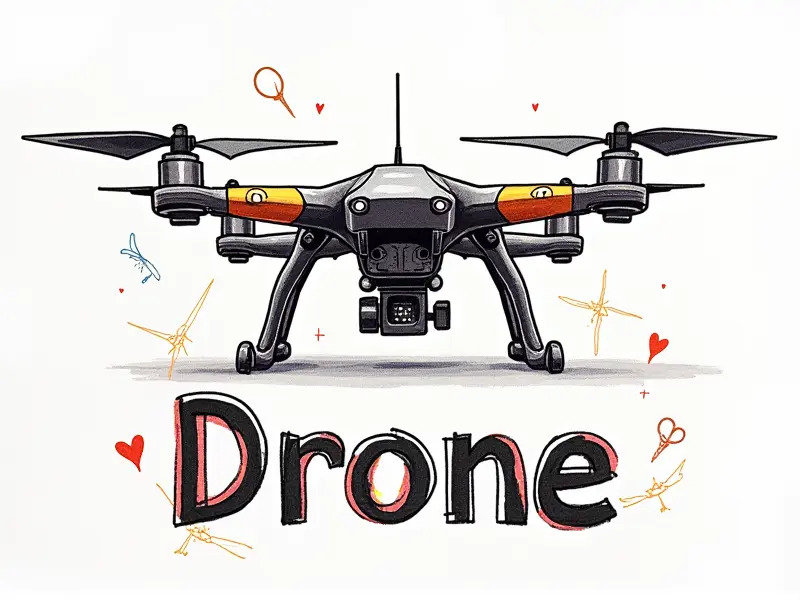How to bind a RC transmitter?

How to Bind a RC Transmitter Quickly
Binding your remote control (RC) transmitter is an essential step in ensuring that your RC vehicle or drone operates smoothly and efficiently. This process establishes the connection between your transmitter and receiver, allowing for seamless communication during flight or operation.
The binding process can vary slightly depending on the brand and model of your equipment, but generally follows a straightforward procedure. Here’s how you can bind an RC transmitter quickly:
Easy Steps to Pair Your RC Transmitter
- Prepare Your Equipment: Ensure that both your RC transmitter and receiver are powered off.
- Access the Binding Mode: Most transmitters have a specific button or switch labeled “Bind” or “Sync.” Press this to enter binding mode. Refer to your user manual for model-specific instructions.
- Power On the Receiver: Turn on the receiver while keeping the transmitter in bind mode. The receiver will typically emit a series of beeps indicating that it is searching for a signal from the transmitter.
- Confirm Binding Completion: Once the binding process is complete, both devices should indicate success through visual or audio cues. For example, some transmitters and receivers may flash lights or beep to confirm pairing.
Fast and Foolproof RC Transmitter Binding
To ensure a quick and reliable binding process:
- Check Compatibility: Ensure that your transmitter and receiver are compatible. Check the specifications provided by the manufacturer to avoid compatibility issues.
- Battery Levels: Make sure both devices have sufficient battery power before attempting to bind them. Low battery levels can cause binding failures or delays.
- Clear Environment: Perform the binding process in an area free from interference, such as other electronic devices that might disrupt signals.
Mastering RC Transmitter Binding in Minutes
Mastery of the binding process can be achieved by following these steps:
- Familiarize Yourself with Controls: Spend time understanding the layout and functions of your transmitter. This will make it easier to locate the bind button or switch.
- Practice Binding: Try binding multiple times in a controlled environment before attempting it in real-world conditions. Practice makes perfect!
- Consult Documentation: Refer to the user manual for detailed instructions specific to your equipment model.
Quick Tips for RC Transmitter Pairing
- Use a Dedicated Channel: Choose an unused frequency channel to avoid interference from other devices.
- Check Firmware Updates: Ensure that your transmitter and receiver are running the latest firmware. This can often resolve compatibility issues.
- Test Immediately After Binding: Test the connection immediately after binding by moving the controls on your transmitter to ensure proper communication with the receiver.
Beginner's Guide to RC Transmitter Binding
If you're new to RC transmitters, here’s a beginner-friendly guide:
- Start Simple: Begin with basic models and gradually move to more advanced equipment as your skills improve.
- Follow Step-by-Step Instructions: Use the user manual or online tutorials for detailed guidance. These resources often provide visual aids that can be very helpful.
- Seek Community Support: Join RC enthusiast forums and communities where you can ask questions and learn from experienced users.
The Easiest Way to Bind Your RC Transmitter
To simplify the binding process, follow these easy steps:
- Identify Binding Button: Locate the bind button or switch on your transmitter. It’s often clearly marked.
- Power Up in Order: Turn on the receiver first, then press and hold the bind button on the transmitter until both devices confirm successful binding.
- Verify Connection: Once bound, test the connection by moving the controls to ensure everything is working correctly.
Simple Tips for RC Transmitter Pairing
- Use a Dedicated Frequency Band: Select a frequency band that’s less crowded to minimize interference.
- Check Battery Connections: Ensure all batteries are securely connected and functioning properly before binding.
- Follow Manufacturer Recommendations: Adhere strictly to the manufacturer's guidelines for optimal results.
Fastest Way to Bind an RC Controller
To bind your controller quickly, follow these steps:
- Quickly Access Binding Mode: Press and hold the binding button or switch until you see confirmation lights or hear beeps.
- Rapid Power-Up Sequence: Turn on the receiver immediately after pressing the bind button to ensure a quick connection.
- Immediate Testing: Test the controller right away by moving the sticks and observing if your RC vehicle responds accordingly.
How to Pair Your RC Transmitter Quickly
To pair your transmitter efficiently, follow these steps:
- Identify Binding Button: Locate the bind button or switch on your transmitter. It’s usually clearly marked.
- Power-Up Sequence: Turn on the receiver first and then press the bind button on the transmitter until both devices confirm successful binding.
- Immediate Testing: Test the connection by moving the controls to ensure everything is working correctly.
Simplified Guide to RC Transmitter Sync
To sync your RC transmitter easily, follow these simplified steps:
- Locate Bind Button: Find and press the bind button or switch on your transmitter.
- Power-Up Sequence: Turn on the receiver immediately after pressing the bind button to ensure a quick connection.
- Confirm Sync Completion: Both devices should indicate success through visual or audio cues. Test the controls to confirm proper sync.
Conclusion
Binding your RC transmitter is a crucial step in ensuring that your remote control device works seamlessly with your RC vehicle or drone. By following these simple and quick steps, you can easily establish a strong connection between your transmitter and receiver. Remember to check compatibility, ensure sufficient battery power, and perform the binding process in an interference-free environment for optimal results.
With practice and adherence to manufacturer guidelines, you’ll be able to bind your RC transmitter efficiently every time, enhancing your overall experience with your remote control equipment.

